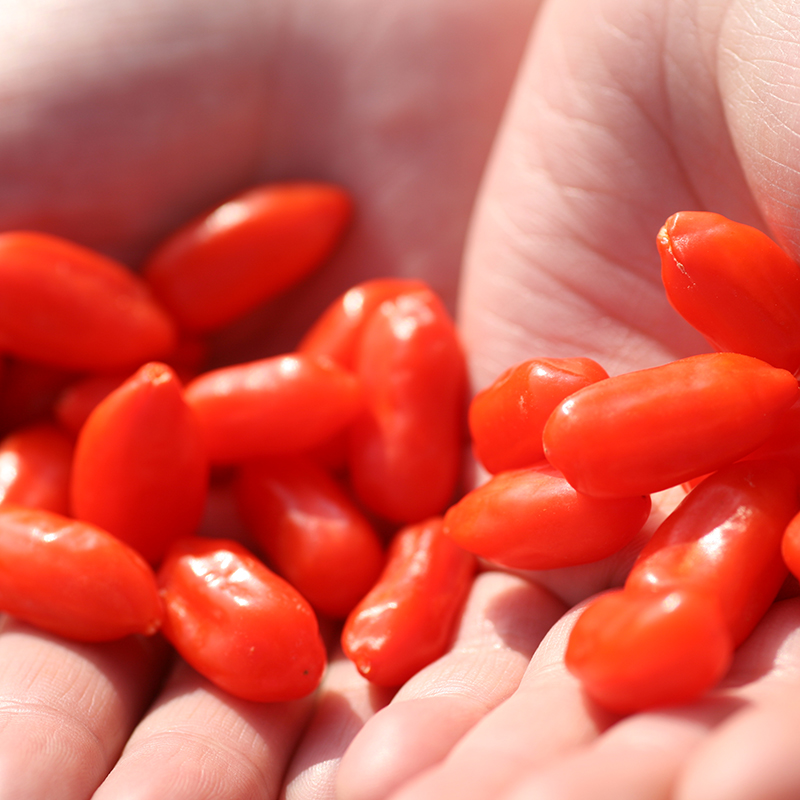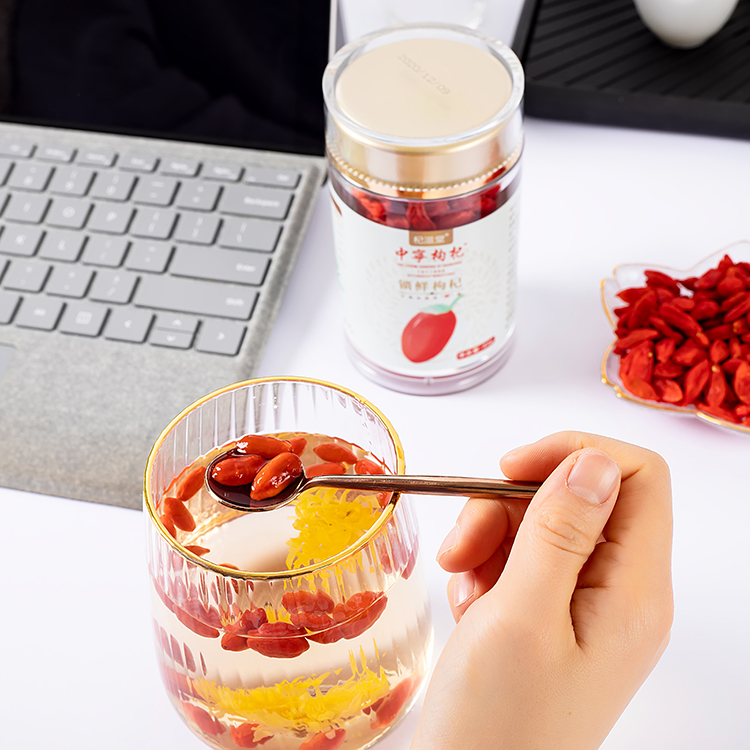Recently, some farmers sent letters reflecting on the plots of vegetables, green corn, pineapple and other economic crops. It was found that the soil on the roots of the plants apparently had greyish white powdery slag. It was originally a residue of phosphorus fertilizer called “Pu-Caâ€. . Why do you leave behind so much residue? How calcium sulfate is applied does not leave a lot of residue and other problems. The magazine invites experts to answer. What is the residue? The name of the superphosphate, which is a water-soluble phosphate fertilizer, is a low-level phosphate fertilizer. Its composition is not a single water-soluble phosphate but a mixture. The main component is calcium dihydrogen phosphate, which is soluble in water and easily absorbed by crops. It is a fast-acting phosphate fertilizer. However, the available phosphorus content is not high, the P2O5 is 14% to 18%. In addition to the water-soluble phosphorus, the general calcium contains 40% to 50% of the insoluble calcium sulfate (common name plaster), also containing 2% to 4% of the Various non-water soluble sulfates such as magnesium sulfate and iron sulfate aluminum sulfate. It can be seen that the name of the calcium-containing water-soluble phosphate fertilizer, in fact, most of its components are sulfur, calcium and other medium nutrients, most of which are insoluble components. When a large amount of calcium sulfate is applied to the soil surface, a small amount of water-soluble phosphorus dissolves in the soil during irrigation or rain, and most of the non-water-soluble gypsum and other substances become residues and stay on the farmland surface. Therefore, these residues are micronutrients that are necessary for the growth of some crops. It is unreasonable to cause weathering and rain on the surface of farmland as a pollution phenomenon for a long time. However, in the areas of vegetables, fruits, pineapples and a variety of economic crops, the crop has taken away a large amount of micronutrients such as calcium and sulphur with high yields year after year. Elements, and people in the production of fertilizer only emphasize the supplement of nitrogen, phosphorus and potassium, often ignore the balance of micronutrients in the supplement, in fact, calcium is a good source of this task to bear the task. A comprehensive understanding of the nature and the principle of scientific application From the aspect of appearance and physicochemical properties, calcium sulphate is an off-white powder or granular form. It is usually acidic due to a small amount of free acid, and has a slightly acidic odor and is corrosive to packaging bags. The presence of free acid will also cause the fertilizer to become hygroscopic and agglomerate. Severe moisture absorption will cause chemical changes in the fertilizer, resulting in the conversion of some water-soluble monocalcium phosphate to insoluble iron phosphate and aluminum phosphate, which reduces the content of available phosphorus. It is called the degeneration of superphosphate. This effect mainly occurs during the storage process before the fertilizer application. For this purpose, moisture should be strictly prevented during storage and transportation, and the storage time should not be too long. The agrochemical properties of Pu-Ca from the performance in soil: The water-soluble Pu-Ca is very unstable in the soil, and it is easily affected by various conditions and is transformed and fixed. It becomes a water-insoluble phosphate and reduces the effect of fertilizer. . This poor fixation can occur in both calcareous and acidic soils, which is the main reason for the low utilization of phosphate fertilizers. Since the monocalcium phosphate in the fertilizer is easily fixed by the soil, the behavior of the pregel calcium in the soil has the characteristics of being easily fixed and being less mobile and difficult to migrate. This common feature of calcium and other phosphate fertilizers is precisely the opposite of nitrogen fertilizers. This determined that in the scientific fertilization of farmland, the location of application of calcium sulphate should be particularly emphasized. The principle of mastering is: to reduce the contact between fertilizer and soil, avoid water-soluble phosphates from being fixed, and apply phosphate fertilizers to root-dense soil layers as much as possible to facilitate absorption by increasing the contact between primary calcium and the root system. This puts forward that the application of general calcium fertilization should be relatively concentrated (such as furrow application and acupuncture); the base fertilizer and seed fertilizer should be applied in layers; the top dressing should not be applied to the surface but must be applied to the corresponding depth of technical principles. Agricultural production experience proves that the centralized application of superphosphate is the most economical and effective fertilization method. If the application rate of the applicator is only 13%, and 38% of the Sorghum root, the root volume of the root can reach 48%. Therefore, the concentrated application of phosphate fertilizer can significantly increase the utilization of phosphate fertilizer resources. In addition, making Calcium Calcium as a granule can reduce the contact surface between P fertilizer and soil, thus reducing the adsorption and fixation of available P by the soil. In fact, making granules has the same meaning as centralized application. Particle size of granular phosphate fertilizer should not be too large, generally 2 to 3 mm is appropriate. In particular, the effect of granular phosphate fertilizer is more obvious when the soil has a high concentration of phosphorus. At the same time, making granules also facilitates mechanized fertilization. From the viewpoint of the characteristics of crop phosphorus nutrition, the general period of application of calcium phosphate must be used as base fertilizer, seed fertilizer, and top dressing. The seedling stage is the critical period of phosphorus nutrition. The use of appropriate amount of calcium as the seed fertilizer can play a role in reducing energy consumption. It is an economical and effective method of application. However, it should be noted that the fertilization location is 3 to 5 cm below the seed. Pu-calcium as an extra-root fertilizer is also an economical and effective method of application, which can avoid the fixation of soil application and facilitate the rapid absorption of crops during flowering results. At this time, the ability of roots to absorb nutrients is generally reduced. Spraying phosphate fertilizers can increase the grain weight of rice and wheat, the weight of cotton and the fruit setting rate of fruit trees. However, since calcium sulphate contains a large amount of non-water-soluble complex components, it is necessary to prepare the mother liquor in advance. After clarification for a certain period of time, the supernatant solution is used for spraying, and the precipitate of the mother liquor bottom layer is used as a basal fertilizer or mixed into a ring fertilizer. Avoid waste and pollution. In short, we should change our mindset, re-evaluate calcium and calcium, help our farmers to make good use of calcium, and serve China's double-high agriculture.
Goji Powder


The low-temperature fine crushing technology and biological activity stabilization technology used in the production of goji berry puree can not only crush and squeeze the goji berry into juice, but also do not add any substances, do not add water, and retain the purity of the goji berry puree, keep fresh and do not lose nutrients. Let the puree begin to be absorbed when it enters your mouth, all the way to the intestine, the absorption rate is as high as 100%
Dried Wolfberries Nutrition Facts
1 - Contain 18 amino acids.
2 - Contain 21 trace minerals.
3 - Contain more protein than whole wheat.
4 - Contain B-complex vitamins.
Goji berries (also known as Wolfberries, Lycium barbarum), have been used in Asian herbal medicine for over 5,000 years and has been regarded as one of the most nutrient-rich foods on earth.
The specifications of Dried Goji Berry are distinguished by the number of grains per 50g. The smaller the number of grains per 50g, the larger the grains of each Dried Wolfberry fruit. Generally, the wolfberry with 180 grains per 50g is the least on the market and the most popular.
Specifications of Organic Dried Goji Berries:
180 grains/50g,
220 grains/50g,
250 grains/50g,
280 grains/50g,
370 grains/50g,
500 grains/50g,
550 grains/50g,
580 grains/50g, etc.

Ways of eating Organic Natural Dried Wolfberry:
Eat directly,
Tea,
Soup,
Chinese medicine formula,
Baking ingredients,
Beverage ingredients
Organic Natural Dried Wolfberry Function:
â—Reduce cholesterol.
â—Anti-cancer.
â—Support normal kidney function.
â—Will-being.
â—Support healthy liver function.
â—Support eye health and improves vision.
â—Balance blood pressure and serum sugar.
â—Treat sexual dysfunction.
Goji Powder,Organic Goji Berry Powder,Organic Goji Juice Extract,Improve Sleep Quality Goji Berry Powder
Ningxia Red Power Goji Co., Ltd. , https://www.redpowergoji.com



